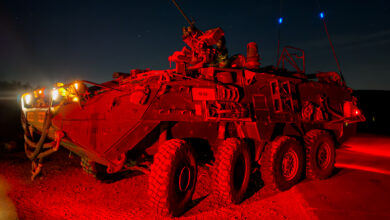Canada has contracted local shipbuilders to commence development of the coast guard’s modern polar icebreakers as part of the government’s National Shipbuilding Strategy.
Awarded to Vancouver Shipyards and Chantier Davie Canada Inc., the project will produce two vessels to replace the service’s aging heavy icebreakers, including the largest hull CCGS Louis S. St-Laurent, operational since the 1960s.
About 3.15 billion Canadian dollars ($2.1 billion) was awarded to Vancouver Shipyards to begin the new ships’ construction, while Chantier Davie received 3.25 billion dollars ($2.2 billion).
Vancouver Shipyards will work on the initiative in partnership with its parent company Seaspan in North Vancouver, British Columbia.
Simultaneously, Québec-based Chantier Davie will leverage the capabilities of its facility in Lévis and its newly acquired Finland segment Helsinki Shipyard to deliver the vessel on schedule.
“Canada remains committed to building ships in Canada as part of the [National Shipbuilding Strategy],” the Canadian Department of Defence said.
“Canada continues to work with our strategic partners to ensure that members of the Royal Canadian Navy and Canadian Coast Guard have the equipment they need to do their jobs and protect Canadians, while maximizing economic benefits for the country.”

Polar Icebreaker Specifications
The Canadian Coast Guard’s incoming icebreaker systems will take on roles supporting maritime emergencies and scientific ventures across the Arctic while ensuring that the country has a long-term presence in the region.
Each vessel is expected to sail across domains with a temperature down to negative 50 degrees Celsius (-58 degrees Fahrenheit) and ice layers with a thickness of 3 meters (10 feet) or more.
A vessel will have an overall length of 158 meters (518 feet), a beam of 28 meters (92 feet), accommodations for up to 100 people, and on-board power of over 40 megawatts.
Primary features of a ship consist of a helideck and hangar for two medium helicopters, a vehicle garage, payload space, multiple cranes, an equipment deployment system, and laboratories.
It will have a top speed of 18 knots (33 kilometers/21 miles per hour) on water and 3 knots (6 kilometers/3 miles per hour) through ice.
The first vessel, the CCGS Arpatuuq, is expected to arrive by 2030. Meanwhile, the second — the CCGS Imnaryuaq — will be delivered in 2032.













